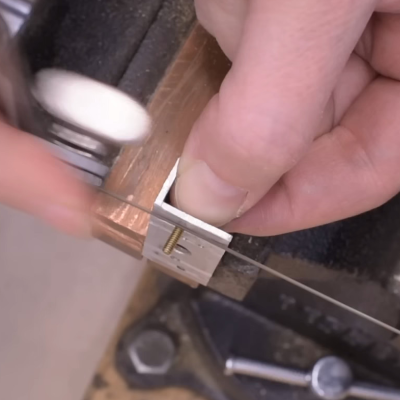In a fusion of scrapyard elegance and Aussie ingenuity, [Mark Makies] has given a piece of old steel a steamy second life with his ‘CastAway Tub’. Call it a bush mechanic’s fever dream turned functional sculpture, starring two vintage LandCruiser leaf springs, and a rust-hugged cast iron tub dug up after 20 years in hiding. And put your welding goggles on, because this one is equal parts brute force and artisan flair.
What makes this hack so bold is, first of all, the reuse of unforgiving spring steel. Leaf springs, notoriously temperamental to weld, are tamed here with oxy-LPG preheating, avoiding thermal shock like a pro. The tub sits proudly atop a custom-welded frame shaped from dismantled spring packs, with each leaf ground, clamped, torched, and welded into a steampunk sled base. The whole thing looks like it might outrun a dune buggy – and possibly bathe you while it’s at it. It’s a masterclass in metalwork with zero CAD, all intuition, and a grinder that’s seen things.
Inspired? For those with a secret love for hot water and hot steel, this build is a blueprint for turning bush junk into backyard art. Read up on the full build at Instructables.



















